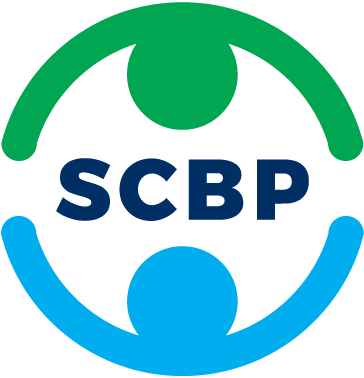You are here
Case Studies 5
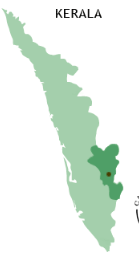

Case Study 5
Comprehensive Planning for Water Quality Improvement of Nallathani, Munnar
CDD
OVERVIEW
In Malayalam, word ‘Moonaar’ means ‘three rivers’, this is how the city of Munnar got its name. It is located at the confluence of the Moodhirapuzha, Nallathanni and Kundaly rivers. The Nallathanni river, flows into the Moodhirapuzha river, which is one of the major tributaries of the Periyar River, the longest in Kerala. Once a pristine river which lived up to its name, ‘Nallathanni (Good water)’ River, is currently extensively polluted due to commercial establishments discharges, solid waste dumping and mixing of unchecked sewage from drains along the river stretch. UNDP with support of Haritha Keralam Mission of the Kerala State and Munnar Gram Panchayat initiated efforts to demonstrate pilot interventions for rejuvenation of the river with the technical support of CDD India. Field investigations including physical and topographical surveys, and water quality & quantity analysis were undertaken to identify the root cause of the pollution and to develop innovative and nature based rejuvenation interventions. A 2 km stretch of the river was selected for study. Recommendations were made on the basis of investigations and analysis. The uncontrolled dumping of solid waste not only compromised the aesthetics and tourism activities but also impacted the biodiversity & livelihood aspects. Another major concern was disposal of low strength grey water with significant concentration of pollutants into the river, also causing public health risks.
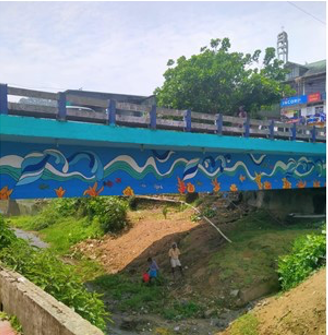
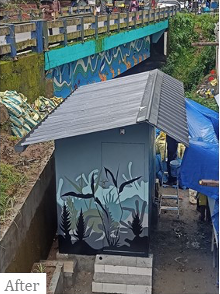
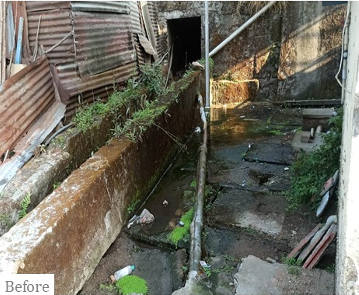
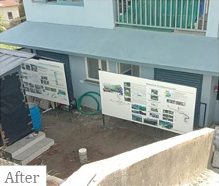
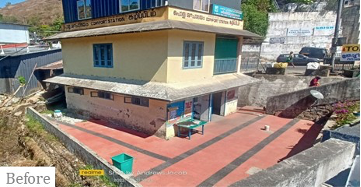
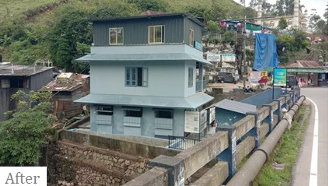
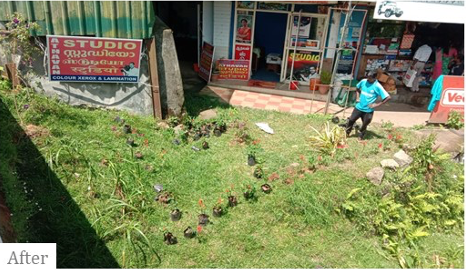
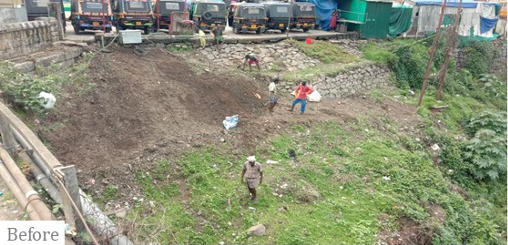
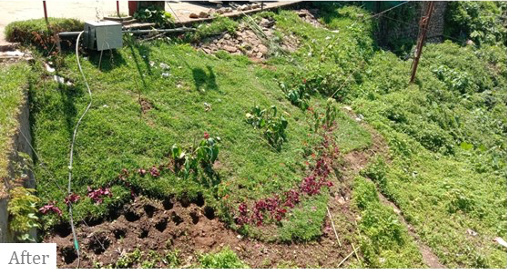
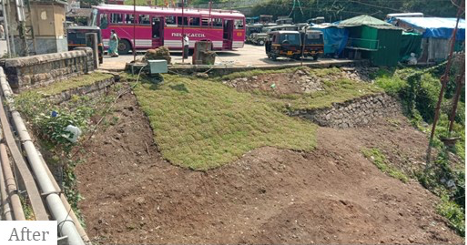
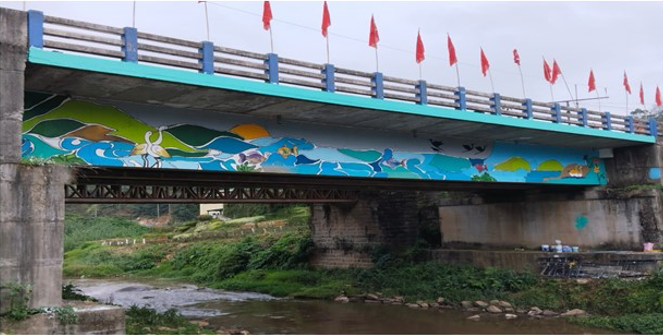
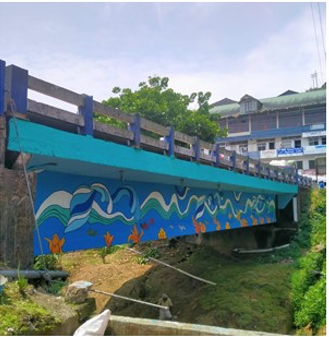
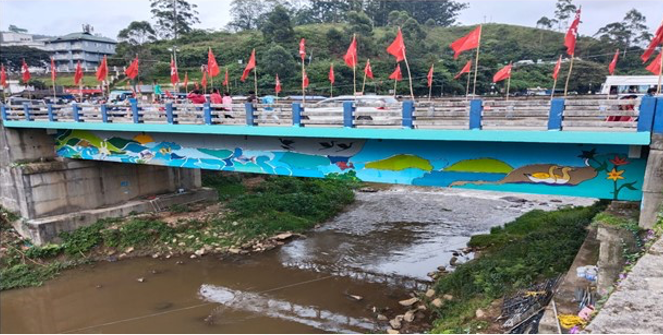
Interventions
Solid waste was cleared from the identified hot-spots and waste bins were placed at regular intervals. Various interventions were undertaken to create awareness among residents and shopkeepers in the nearby market areas. A nature based interception & diversion arrangement was put in place to check the wastewater entering the river. Additionally, screens were installed at the mouths of outfalls to prevent solid waste from entering the river. The comfort station near the Kallar bridge was renovated to the state of the art level as pilot show case project along with implementation of nature based solutions (DEWATS) for treatment of wastewater from the comfort station. To enhance the character of the city and to create ‘Human-Waterbody Interface’, beautiful landscapes were provided in selected locations along the stretches and the brindges along the river stretch were decorated with public awareness messages and paintings. To mitigate any adverse impact on the river due to tourism inflow, awareness boards were put up at multiple points. To ensure the sustainability of the interventions, orientation workshops were organised for waste management, FGDs were conducted with key stakeholders in Munnar gram panchayat to build capacities for upkeep of the river.
Conclusion
The implemented pilot nature based wastewater treatment system will set the standards how the river can be prevented from contamination by proper waste management system, and also benefit the community by
- Reduced Public Health Risk
- Improved quality of surface as well as ground water
- Better management of solid and liquid waste
- Establishment of connect and belongingness amongst people with the river
- Creation of recreational space
- Improved flora and fauna, rejuvenating the biodiversity
- Reduced risk of flooding in the neighbouring areas
It was challenging, initially, to get all the stakeholders to agree on a vision for Nallathani river. This was mainly because they had to let go of a number of habits they were used to over the years. This is a success story made possible through participatory planning approaches and extensive stakeholder engagement. Nature Based Solutions adopted in this case are expected to drive long term sustainability. This project has been successful in creating a sense of belongingness and accountability amongst the stakeholders.
